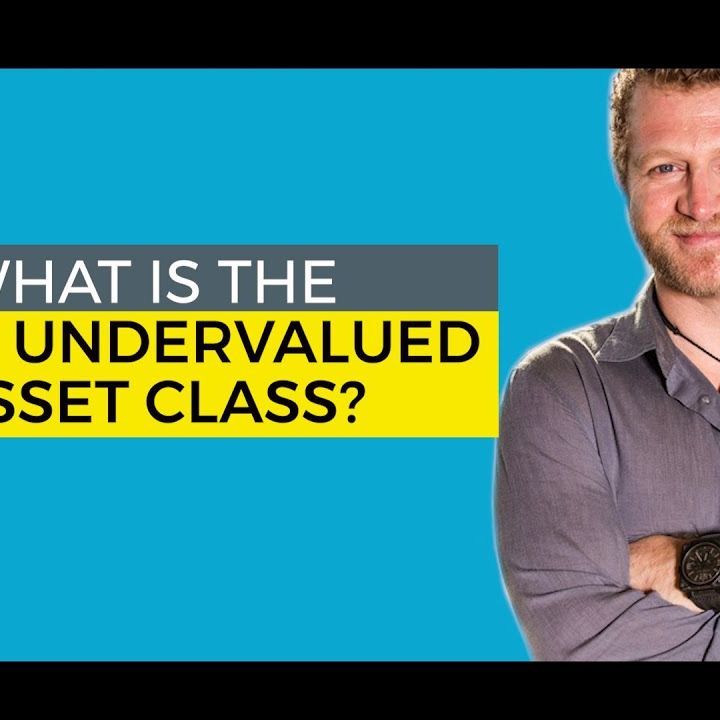To keep learning and advancing your career, the following resources will be valuable:.

Growth equity is frequently explained as the personal financial investment technique occupying the middle ground between equity capital and conventional leveraged buyout strategies. While this may be true, the technique has progressed into more than just an intermediate private investing technique. Growth equity is often referred to as the private financial investment technique inhabiting the happy medium in between equity capital and conventional leveraged buyout strategies.
This combination of factors can be compelling in any environment, and a lot more so in the latter phases of the marketplace cycle. Was this article practical? Yes, No, END NOTES (1) Source: National Center for the Middle Market. Q3 2018. (2) Source: Credit Suisse, "The Unbelievable Shrinking Universe of Stocks: The Causes and Effects of Less U.S.
Option investments are complicated, speculative investment automobiles and are not suitable for all financiers. A financial investment in an alternative investment requires a high degree of danger and no guarantee can be provided that any alternative financial investment fund's financial investment goals will be achieved or that investors will get a return of their capital.
This industry information and its importance is an opinion just and needs to not be trusted as the just essential information readily available. Details contained herein has been acquired from sources believed to be trustworthy, but not ensured, and i, Capital Network presumes no liability for the info supplied. This information is the property of i, Capital Network.
This investment strategy has actually helped coin the term "Leveraged Buyout" (LBO). LBOs are the primary financial investment strategy type of many Private Equity companies.
As mentioned earlier, the most infamous of these offers was KKR's $31. 1 billion RJR Nabisco buyout. Although this was the biggest leveraged buyout ever at the time, numerous people thought at the time that the RJR Nabisco deal represented the end of the private equity boom of the 1980s, because KKR's financial investment, nevertheless popular, was eventually a considerable failure for the KKR financiers who purchased the business.
In addition, a lot of the cash that was raised in the boom years (2005-2007) still has yet to be used for buyouts. This overhang of dedicated capital avoids numerous financiers from dedicating to purchase new PE funds. In general, it is approximated that PE firms manage over $2 trillion in assets worldwide today, with near to $1 trillion in committed capital readily available to make brand-new PE financial investments (this capital is sometimes called "dry powder" in the industry). .
A preliminary financial investment might be seed financing for the business to entrepreneur tyler tysdal begin developing its operations. Later, if the company proves that it has a practical item, it can acquire Series A funding for more growth. A start-up company can finish numerous rounds of series financing prior to going public or being obtained by a monetary sponsor or strategic purchaser.
Top LBO PE firms are defined by their large fund size; they have the ability to make the largest buyouts and handle the most debt. Nevertheless, LBO deals are available in all shapes and sizes - . Total transaction sizes can vary from 10s of millions to tens of billions of dollars, and can occur on target business in a wide array of markets and sectors.
Prior to carrying out a distressed buyout chance, a distressed buyout company has to make judgments about the target company's worth, the survivability, the legal and restructuring concerns that may develop (should the business's distressed assets need to be restructured), and whether or not the financial institutions of the target company will end up being equity holders.
The PE company is needed to invest each particular fund's capital within a duration of about 5-7 years and after that usually has another 5-7 years to sell (exit) the investments. PE companies usually utilize about 90% of the balance of their funds for brand-new financial investments, and reserve about 10% for capital to be utilized by their portfolio business (bolt-on acquisitions, additional readily available capital, and so on).
Fund 1's dedicated capital is being invested in time, and being gone back to the minimal partners as the portfolio business because fund are being exited/sold. For that reason, as a PE firm nears completion of Fund 1, it will require to raise a businessden brand-new fund from brand-new and existing minimal partners to sustain its operations.
